-
Posts
2,694 -
Joined
Content Type
Profiles
Forums
Gallery
Events
Articles
Posts posted by constanius
-
-
Thanks for your efforts regarding the Games, thoroughly enjoyed them. Now you have a nice memento.
As to the traffic cone on the Duke's head, I am somewhat bemused, he was a soldier who tirelessly fought against the French during the Napoleonic Wars, helping to free Portugal & Spain directly & assisting the other European powers in finally freeing Europe from Bonaparte's clutches by defeating the French at Waterloo, later becoming a leading statesman, so to me it just seems to be a mark of disrespect for someone so undeserving of it. Perhaps you could throw some light on the reason why?
I guess it would be a far more difficult task to place something on Nelson's head in Trafalgar Square, the pigeons seem to be the only ones able to do that!
Could it be that Nelson & Wolfe died in battle but the Duke had the misfortune to survive the Battle of Waterloo?
-
Bearing in mind that I am perfectly happy with my current set-up & the conditions for using the blank check.
I would buy the best & longest telephoto lens made by Canon & could justify the purchase by placing my medals at the end of my rather long garden & taking some shots. It would be just be a happy coincidence that I could also use it for my bird photography

-
Am a long time numismatist and have published an article on Canadian Large Cent varieties in the February 1989 issue of the Numismatist (US publication). I have had this medal for more than 20 years but could not find out anything in regard to it except as indicated by its inscription. I decided to Google the item. I was lead to this site. My questions are:
1. Is this item listed or referred to in any Canadian reference work on medals, Exonumia etc? If so, kindly indicate via email such works.
2. Is the item common, scarce or rare?
Trust my fellow numismatists may be of assistance.
SRS
Email: lhnumis@bellsouth.net
SRS has provided me with some additional info which he obtained from Daniel Gosling of the Royal Canadian Numismatic Association (RCNA) in regards to this medal.
The Chateau de Ramezay Medals from Canadian Antiquarian and Numismatic Journal Third Series Vol I No 1 January 1897;
page 46
63. Breast plate and knipple cleaners.
A. Desroches Esq.
page 86 CASE 11 Canadian Medals &c.
11. The Desroches Medal. Inauguration of Museum, April 9, 1896.
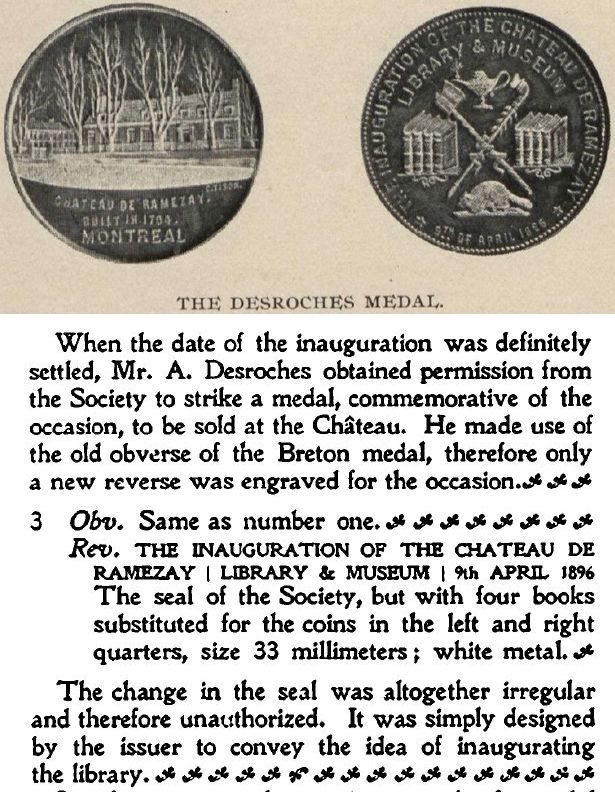
Illustrated History of Coins and Tokens Relating to Canada by P.N. Breton
page 232-233 Biography of Alfred Desroches.
I had already noted that the medal shared the obverse with the Breton medal, the biography of Desroches by Breton states that Desroche twice sold his collection of coins & medals to Breton, so they were well acquainted which explains Breton allowing Desroches to re-use his obverse.
Apart from the one picture & description in Canadian Antiquarian and Numismatic Journal Third Series Vol I No 1 January 1897(the year after the medal was issued) it seems to have just disappeared, no auction sales or references.
How many were struck is an unknown, SRS & I have not been able to find any other examples or mention of this medal, except the one in the Ramezay Museum(if it is still there) & our ones, so it seems only a few were ever issued.
Here is an earlier medal issued by Desroches also by C. Tison
http://www.coinsandcanada.com/tokens-medals-misc.php?title=a.-desroches-numismate-montreal&id=944
-
Am a long time numismatist and have published an article on Canadian Large Cent varieties in the February 1989 issue of the Numismatist (US publication). I have had this medal for more than 20 years but could not find out anything in regard to it except as indicated by its inscription. I decided to Google the item. I was lead to this site. My questions are:
1. Is this item listed or referred to in any Canadian reference work on medals, Exonumia etc? If so, kindly indicate via email such works.
2. Is the item common, scarce or rare?
Trust my fellow numismatists may be of assistance.
SRS
Email: lhnumis@bellsouth.net
SRS has provided me with some additional info which he obtained from Daniel Gosling of the Royal Canadian Numismatic Association (RCNA) in regards to this medal.
The Chateau de Ramezay Medals from Canadian Antiquarian and Numismatic Journal Third Series Vol I No 1 January 1897;
page 46
63. Breast plate and knipple cleaners.
A. Desroches Esq.
page 86 CASE 11 Canadian Medals &c.
11. The Desroches Medal. Inauguration of Museum, April 9, 1896.

Illustrated History of Coins and Tokens Relating to Canada by P.N. Breton
page 232-233 Biography of Alfred Desroches.
I had already noted that the medal shared the obverse with the Breton medal, the biography of Desroches by Breton states that Desroche twice sold his collection of coins & medals to Breton, so they were well acquainted which explains Breton allowing Desroches to re-use his obverse.
Apart from the one picture & description in Canadian Antiquarian and Numismatic Journal Third Series Vol I No 1 January 1897(the year after the medal was issued) it seems to have just disappeared, no auction sales or references.
How many were struck is an unknown, SRS & I have not been able to find any other examples or mention of this medal, except the one in the Ramezay Museum(if it is still there) & our ones, so it seems only a few were ever issued.
Here is an earlier medal issued by Desroches also by C. Tison
http://www.coinsandcanada.com/tokens-medals-misc.php?title=a.-desroches-numismate-montreal&id=944
-
Pictures & catalog values here http://coinquest.com/cgi-bin/cq/coins?main_coin=17494 refer to their terminology page to get real world values http://coinquest.com/cgi-bin/cq/coins?main_action=terminology
I just noticed that this was posted in response to your question

-
Welcome

There is an Exonumia forum here http://www.coinpeople.com/index.php?/forum/14-exonumia-tokens-medals-etc-forums/ if you post it there I am sure you will get some replies.
-
Have a wonderful time TDP

-
It appears to be a mule, which, though it might be old, could also be a modern fake from China. If you Google an image search for the reverse inscription 'den siegern bei waterloo gewidmet am 18 Juni 1865' you only see the image with whiskers extending below the chin, two different people, George V of Hanover & Adolf I, Prince of Schaumburg-Lippe.
Also in your example the J of Juini looks odd, I thought it was an I at first.
They are both stamped 'B' under the bust so if they were struck at the same mint in 1865 it is possible it is a mule produced by a minting error.
The edge on the George V thaler has 'NEC ASPERA TERRENT, interspersed with ornaments.
The edge on the Adolf has 'WIENER MUNZVERTRAE JAN 1857'.
You did not mention what, if anything, is on the edge of yours.
So at least you know why there is some doubt about it.

-
Thanks.
I only have a few roman silver coins, my main collecting focus is commemorative medals & tokens from the renaissance to mid 19th century, though I am interested in ancient coins I do not collect them.
I am afraid I have not added anything to my Omnicoin collection for years, instead I tend to post them just here on CoinPeople, and I am even behind on that too! My garden is taking up too much of my time....or I just getting lazy in my old age

-
Welcome Giorgio
 here is one of my religious medals http://www.coinpeople.com/index.php/topic/33582-the-sacred-mount-of-san-carloborromeo-arona-1614/?hl=borromeo
here is one of my religious medals http://www.coinpeople.com/index.php/topic/33582-the-sacred-mount-of-san-carloborromeo-arona-1614/?hl=borromeo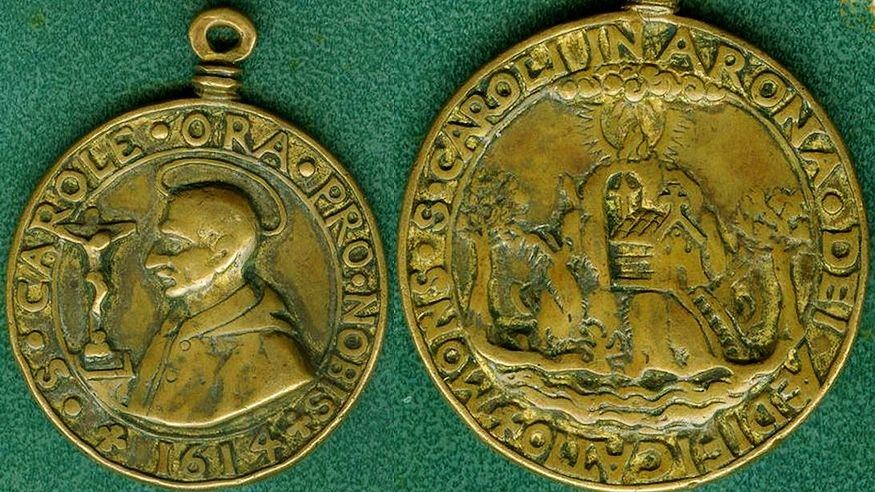
-
This topic was started over 6 years ago, at last I finally have proof that the medal was in regard to the King ceding sovereign power to parliament.
The same shipwreck scene is paired with this
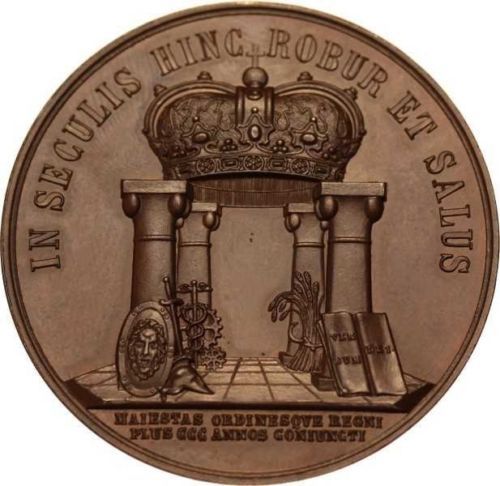
1865 was when royalty in Sweden gave up power (Oscar I became king of Sweden in 1844. In 1865 he agreed to constitutional reform). 1865, Sweden replaces the medieval four estates parliament (nobility, priesthood, bourgeoisie, peasants) with a modern two chamber parliament.
The four pillars showing front; left Nobility & right Church, rear; left, Bourgeoisie & right Peasants with the King protecting all, and of course the 4 pillars of society supporting the King.
IN SECULIS HINC ROBUR ET SALUSMAIESTAS ORDINESQUE REGNIPLUS CCC ANNOS CONIUNCTII roughly translate as;THE NATIONS STRENGTH AND SALVATION WITH THE MAJESTY OF THE KING & NOBLES COMBINED FOR OVER 300 YEARS.
-
The Harvard Yale medal is awarded to the winners of the track games played between the two universities. They also compete in baseball, football, rowing etc.
-
-
Welcome to CoinPeople
 glad that you at least found this post.
glad that you at least found this post.Basically the info in this very old post is all I have. I do not think there is anything more available.
-
The collector that owns the large trial strike of Joseph II in armour, which I compared my tin splash to, joined another numismatic forum(where I had posted the same topic recently) to give me some useful information.
Firstly he discounted that my splash was connected with the 'armoured' trial strike, for the obvious reason that he had taken a picture of an unfinished die in the Royal Belgian Mint matching my splash!
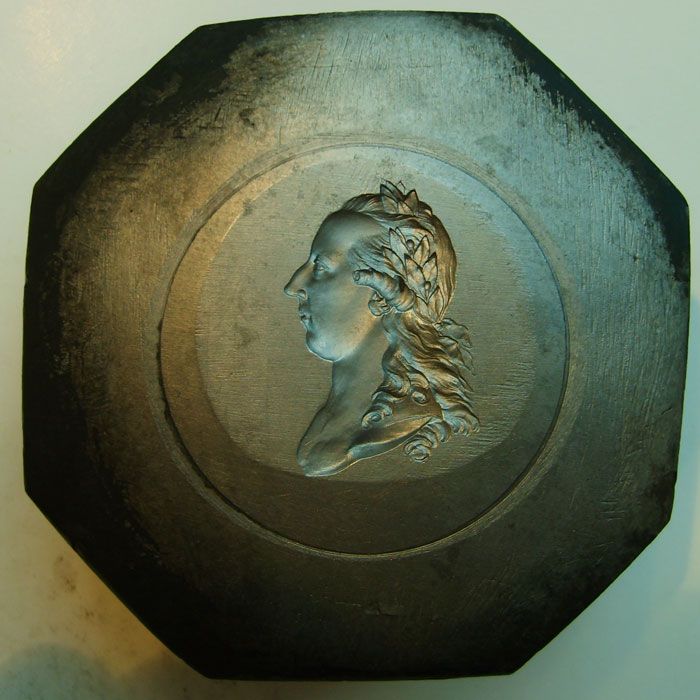
UNFINISHED DIE COURTESY OF THE ROYAL BELGIAN MINT.
I took the liberty of cropping & flipping the image to directly compare the two.
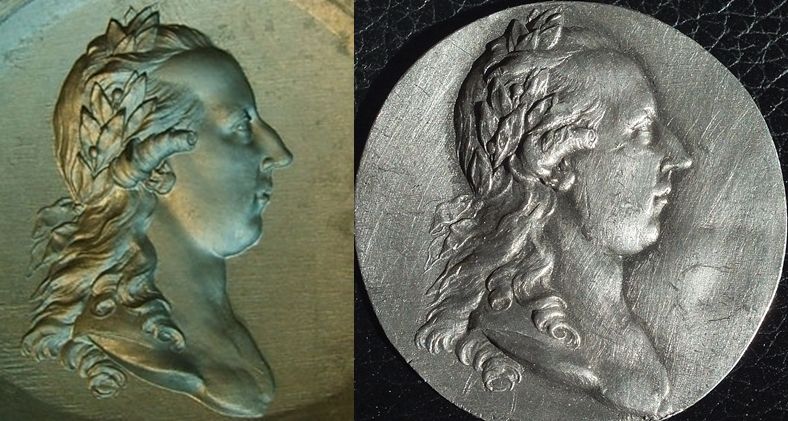
He also supplied another of his images of a hub which is very closely related.

HUB COURTESY OF THE ROYAL BELGIAN MINT.
Then, as he owned the larger 'armoured' trial strike he suggested we both measured from the emperor's corner of his eye to his nose tip.
"Theodore van Berckel made many different portraits of Emperor Joseph II in all kind of different sizes. And it's true that Van Berckel on several occasions made different portraits with the same hub by engraving hair, clothes or other features directly into the die that was created with the hub. But in this particular case he probably used two different hubs. Maybe we both could do some measuring. I have that large splash of Joseph II in my collection (in fact I took that picture that is in your post). I could measure it from the tip of the nose to the left corner of the eyelid (where the eyeball touches the corner). If you do the same with your splash we can compare these measurements. If both differ we know that it can't be the same hub, but if they are the same we should try to do another measurement to be sure"
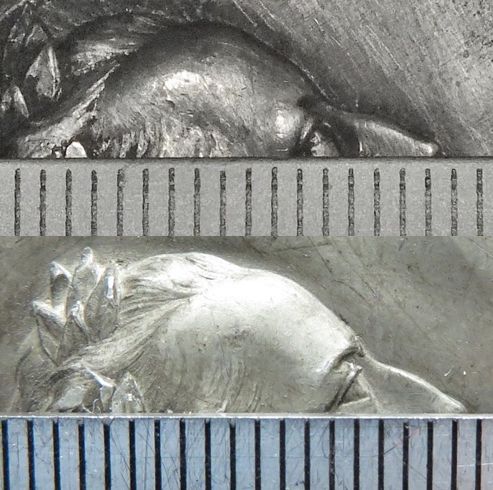
"Thanks for measuring the face of his Imperial Majesty. I have done the same with the same results. Maybe your theory is sound after all. It is interesting enough to do some further investigation"
Both measured 5.5mm so even if there is no direct relationship between the two the scale is the same regarding the head. He thinks it warrants some further investigation, to see if at first they shared a common hub and then went their own way in development. He is the gentleman, that with others, began the Theodore Van Berckle Biography Web Site
http://www.theodoorvanberckel.nl/biography.htm
-
The type itself is the only one to bear this effigy of Charles.
Roettier made another medal for the restoration of Charles II, "FELICITAS BRITANNIA" but used a portrait with long hair that one is listed as 'R'.
The one with short hair is listed as 'Not rare' but is the only medal which bears that exact portrait matching my trial strike.
The dies for this medal are in the British Museum.
-
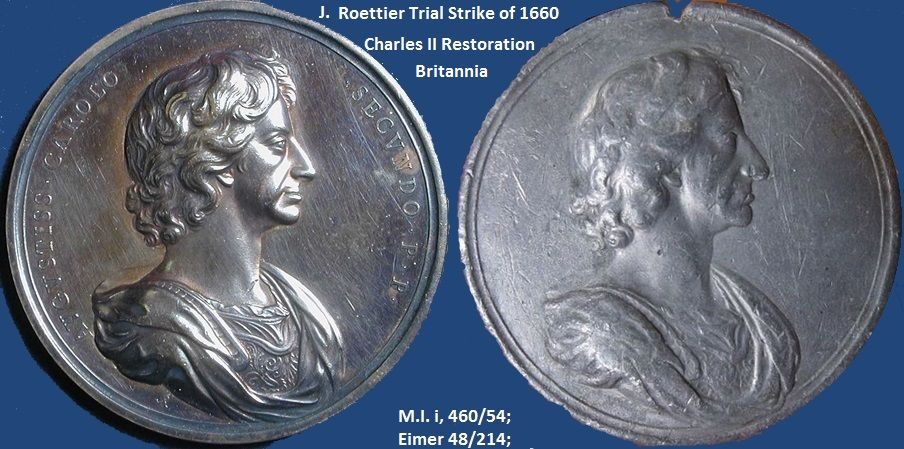 Though this trial strike is unifaced I believe the finished medal pictured with it is the only one to have the same portrait of Charles II.This is the description of the issued medal, which was struck for His restoration:ROETTIER, John: England, 1660, Silver, 63 mmObv: Bust of Charles II AVGVSTISS. CAROLO SECVNDO P.P. (To the Most August Charles the Second, Father of His Country).Rev: Hercules, Minerva, Peace and Mercury around alter; Prudence behind; Plenty reclining NVLLVM NVMEN ABEST (No Deity Is Wanting).Exergue: BRITANNIAEThe trial has no inscription & is not signed but had been holed.
Though this trial strike is unifaced I believe the finished medal pictured with it is the only one to have the same portrait of Charles II.This is the description of the issued medal, which was struck for His restoration:ROETTIER, John: England, 1660, Silver, 63 mmObv: Bust of Charles II AVGVSTISS. CAROLO SECVNDO P.P. (To the Most August Charles the Second, Father of His Country).Rev: Hercules, Minerva, Peace and Mercury around alter; Prudence behind; Plenty reclining NVLLVM NVMEN ABEST (No Deity Is Wanting).Exergue: BRITANNIAEThe trial has no inscription & is not signed but had been holed. -
Welcome


The original metal is showing through a thin layer of 'silver' it just appears to be a regular coin which has been silvered with a thin layer of silver wash, paint, solder etc.
Wait for other opinions but IMHO it is just a curiosity.
-
Love the cardinal!
We have been having some tremendous rainfall today and it is very dark & cloudy, but with some small breaks, and one of Mrs Cardinals new arrivals appeared at the feeder. Sorry the picture is not the greatest but the light was so poor.

-
I browsed your site, very nicely done.
I noticed this in particular:
"Traditional heraldry gave way to more dynamic elements with throw backs to neoclassic scenes and allegorical female figures, similar to Britannia on English coinage"
Which, in itself, was a throw back to Britannia seated with a shield on Roman bronze asses of the 1st century AD struck under Hadrian. Oh, the debt we still owe to the Romans -
The food in the bird-feeders is a powerful incentive to stay. It is no coincidence that in most of my bird shots the bird is on the feeder.
Sometimes when I go to top-up the feeders a bird will fly off but land in one of the trees in my garden & watch, so I think that perhaps they have a sense that I am no danger to them & seem to tolerate me.
This is an older picture, it was beginning to get cooler and the female hummingbird was using this rose to perch on & then feeding & returning to the same spot on the rose repeatedly, tanking up for her trip south. It was a very dark overcast day, so I took a chair and whilst she was feeding I sat a few feet away from her perching spot..........so combined with the magnetism of a feeder & she being well used to me by then........
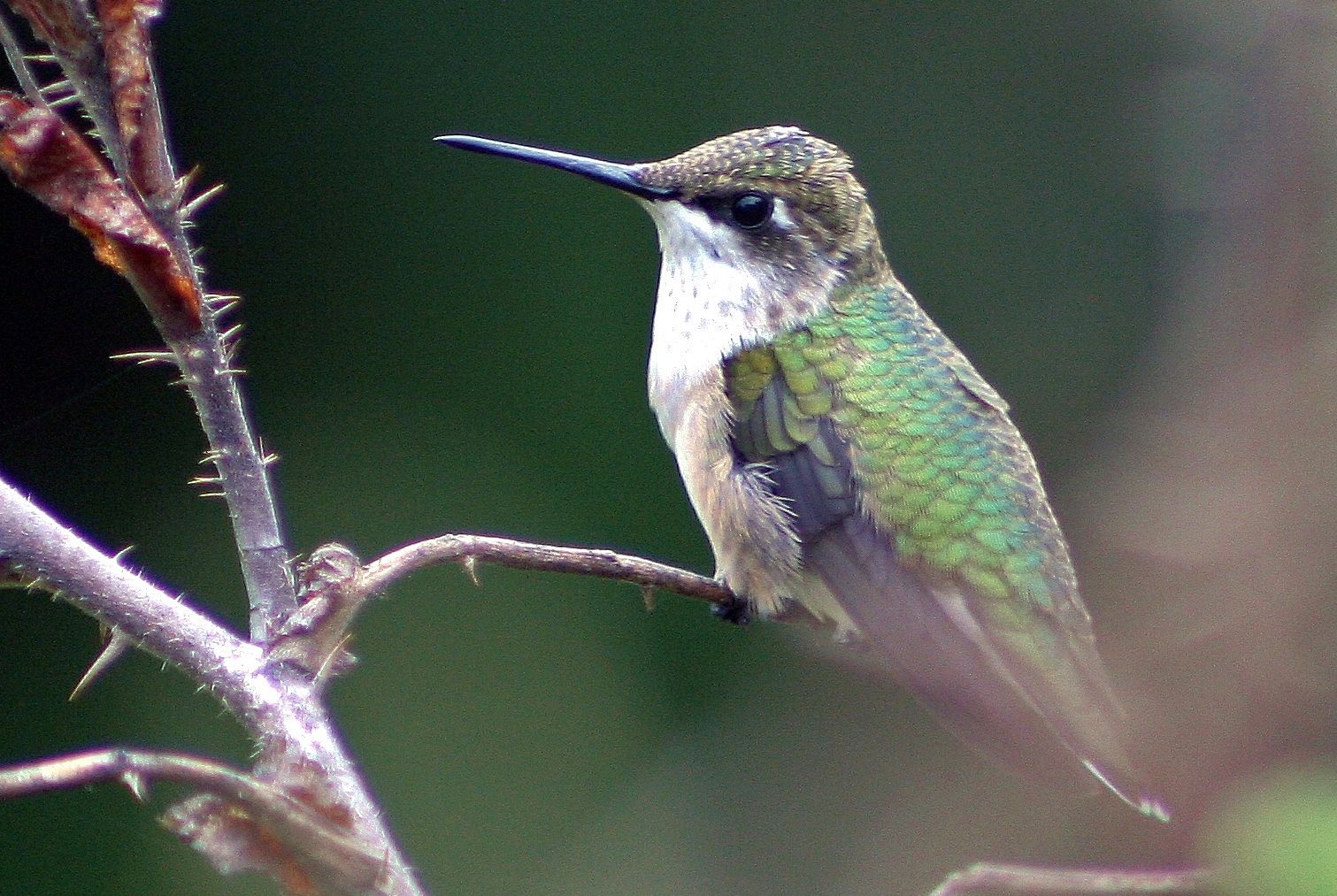
-
WOW. I'm not just impressed with your photography skills but with the animals that you got at your backyard. Very very nice variety of them!
Thanks for the compliments, always welcome

I don't need much encouragement to post pictures of my visitors..........as you will see

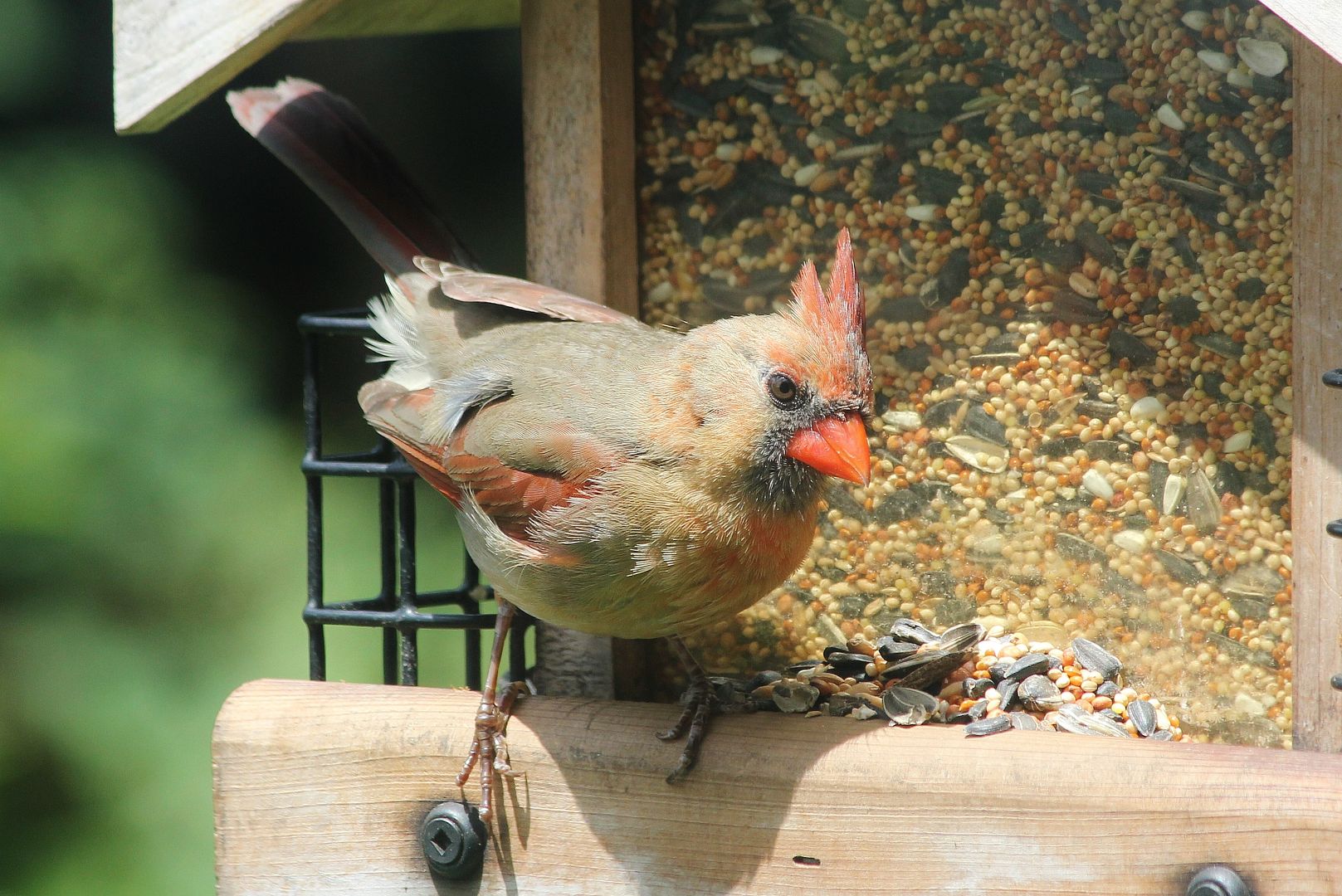
A cropped image for a better look at her hairstyle. I love my Canon but for my medals & tokens I use a Fuji.

I find my flowers are easier than wildlife to capture as they tend to remain in the same place, so lighting & angles are a breeze.

-
Thanks for showing! Does the last medal look cast to anyone?
I must admit that it did not..........but after enlarging a small portion of it...... eisengussmedaille does appear correct. I guess a small picture of a 79mm medal hides a lot of the finer detail.
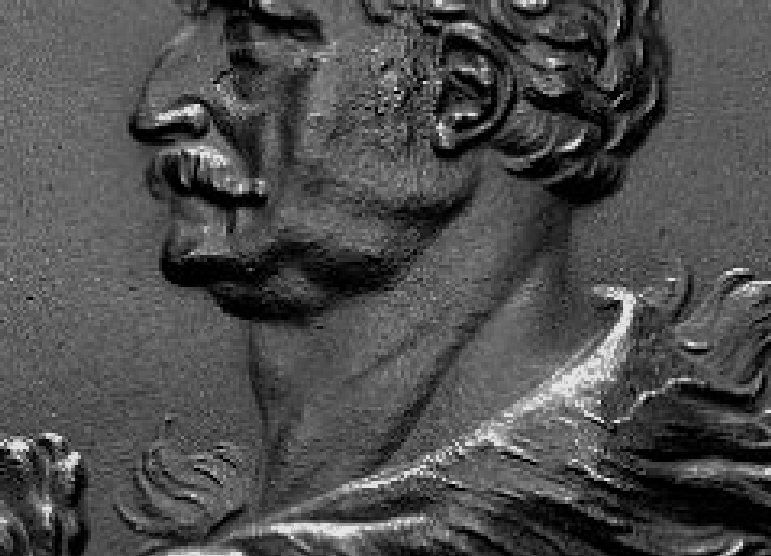
-
Blackened Iron! That's unusual. Were cannon made of iron in the early 19th century? My impression is that they were still brass.
There are a small number of other Prussian blackened iron medals from this period. Most Napoleonic field guns were bronze but defense, coastal & siege guns were often iron as well as naval cannons. As early as 1774 Matthew Boulton patented a technique for boring solid iron cast gun barrels, though iron cannons had been around a long time before that.
This is a 1815 blackened iron Dutch medal of Elverno's http://www.coinpeople.com/index.php/topic/22997-1815-coronation-of-william-i/
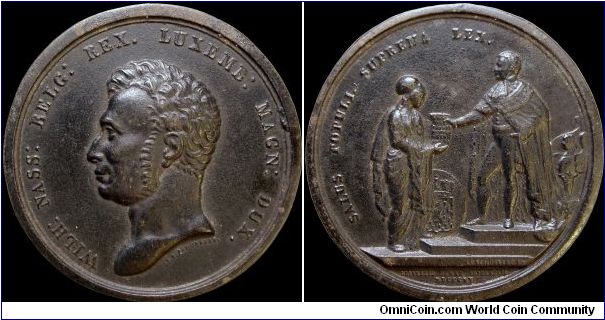
http://www.timeriksen.com/inventory.shtml Another iron medal.
GERMANY - ANHALT-BERNBURG
 PRUSSIA. Campaign Medal for non-combatants with the year dates ‘1813’ and ‘1814’In 1814 King Friedrich III. wanted to decorate his soldiers on the marching-in-parade in Paris. So the former imperial french mint in Paris got the order to struck as fast as they could the medals with 1813-1813/1814-1814. The Paris mint used metal from guns in stock in Paris, the guns conquered by Prussian troops were already on the way to Berlin.Oval blackened iron medal with loop for ribbon suspension; the face with a cross pattée with rays between the arms, the dates ‘1813’ and ‘1814’ centrally; the reverse with the crowned cipher of Friedrich Wilhelm III above the inscription ‘für Pflichttreue / im / Kriege’ (for loyalty in wartime), circumscribed ‘Gott war mit uns, Ihn sey die Ehre’ (God was with us To Him the Glory); on replaced correct ribbon. The medal was instituted by King Friedrich Wilhelm III on 7 January 1815 to be awarded to those who in fulfilment of their professional duties passed through or worked in a war zone without actually fighting and were part of the army to which the combatants belonged (‘in Erfüllung ihrer Berufspflichten die Gefahren oder die Anstrengungen der Krieger geteilt haben, ohne unmittelbar zum fechtenden Stande der Armee d. h. zu den Kombattanten zu gehören’).
PRUSSIA. Campaign Medal for non-combatants with the year dates ‘1813’ and ‘1814’In 1814 King Friedrich III. wanted to decorate his soldiers on the marching-in-parade in Paris. So the former imperial french mint in Paris got the order to struck as fast as they could the medals with 1813-1813/1814-1814. The Paris mint used metal from guns in stock in Paris, the guns conquered by Prussian troops were already on the way to Berlin.Oval blackened iron medal with loop for ribbon suspension; the face with a cross pattée with rays between the arms, the dates ‘1813’ and ‘1814’ centrally; the reverse with the crowned cipher of Friedrich Wilhelm III above the inscription ‘für Pflichttreue / im / Kriege’ (for loyalty in wartime), circumscribed ‘Gott war mit uns, Ihn sey die Ehre’ (God was with us To Him the Glory); on replaced correct ribbon. The medal was instituted by King Friedrich Wilhelm III on 7 January 1815 to be awarded to those who in fulfilment of their professional duties passed through or worked in a war zone without actually fighting and were part of the army to which the combatants belonged (‘in Erfüllung ihrer Berufspflichten die Gefahren oder die Anstrengungen der Krieger geteilt haben, ohne unmittelbar zum fechtenden Stande der Armee d. h. zu den Kombattanten zu gehören’).
Seeing as these iron medals all seemed to be struck in c.1815 is what first lead me to speculate they could be from captured cannon metal.
This last medal's description seems to prove that . They were struck in Paris from French iron defensive cannons. With the bronze field cannons going to Berlin, where apparently some bronze medals were produced.
One last example of an iron medal from the same era;
Blucher. Bust to 1., draped with a lion's skin. Rev. A fine figure ofthe Archangel Michael standing on, and spearing a demon who is supposed to represent Napoleon I.; 1813, 1814, 1815 in outer border. A splendid medal by Konig, after a design by Schinke1. Dedicated to Blucher by the citizens of Berlin, 1816. Iron.Picture here.



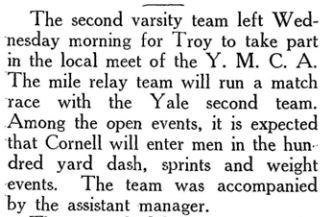
Glasgow 2014 XX Commonwealth Games Workforce Medal
in Exonumia (Tokens, Medals, etc) Forums
Posted
Thanks for the nice photo of the Iron Duke on Copenhagen & the explanation. I was unaware of any reason why Wellington, in particular, would be so disliked in Glasgow and am relieved it is not meant as a sign of personal disrespect, just a longstanding prank & perhaps also a slight dig at some of the 'Modern Art' in the gallery.